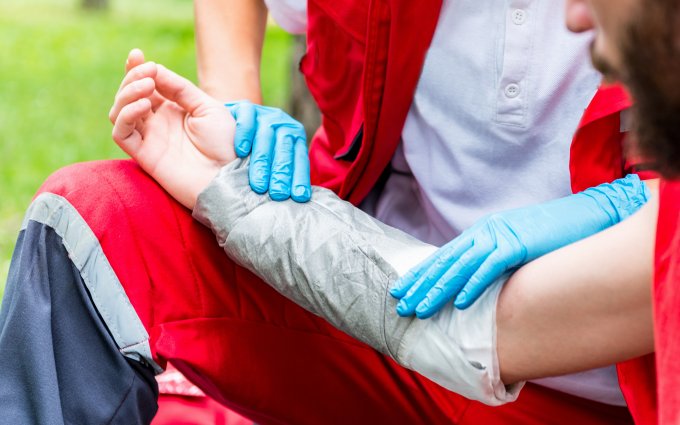04/03/2018

Download the slides here.
Innovations in technology and treatment now enable victims of severe burns to survive injuries previously unsurvivable. Extraordinary recoveries and prolonged life expectancies present claims payors with intensive cases incurring millions of dollars in losses.
The webinar explores how outcome-focused clinical and claims management of catastrophic burn cases improves both medical and financial results.
Paradigm Medical Director Dr. Jeffrey Saffle and Director of Clinical Services Margaret Aslakson, RN, MSN, CCM, share strategies for obtaining the best-possible outcomes for these catastrophic injuries.
Margaret Aslakson introduces the presentation with an overview and objectives:
Organize effective case management strategies enabling optimal catastrophic claims outcomes
Summarize how medical advancements increase survival rates and prolong life expectancies
Determine the exposure and estimate appropriate reserves for volatile, complex cases
In a definition published in the Journal of Burn Care, Dr. John Kucan, a Paradigm Medical Director, notes that severe burns are catastrophic, life-changing events that involve greater than 20% of the total body surface area. They can involve both full- and partial-thickness burns that cross major joints involving hands, face, feet, or the perineum.
Burns have many causes. They may be classified as flame/heat, electrical, chemical, frost bite or radiation. It’s also important to note the comorbid conditions and diseases or a dual diagnosis. For example, someone with diabetes or hypertension, or someone who also has an amputation, such as in an electrocution. All of these together create what can become a very serious, long-term injury.
“I know I’ve had cases for five and six years that are still making some progress and still having some surgeries,” Margaret says. “Think long-term when you’re thinking of severe burns.”
The presentation focuses on the team approach. External and internal teams are crucial to planning and carrying out the work to achieve best outcomes.
A multi-disciplinary team at a burn center is likely to have physician specialists, allied health professionals, specialized nurses, and therapists. The external team can include employer, administrator, insurance carrier, injury management provider, case manager, and, of course, the family, immediate or extended.
Dr. Saffle discusses the clinical challenges with catastrophic burns.
“Although the title of our presentation is ‘surviving the unsurvivable,’ I think you’ll see that the idea of unsurvivable has changed very dramatically in the last few decades and certainly impacts the care that we deliver to the burn patients that we’re involved with in Paradigm,” he says.
Saffle, who spent 35 years as a burn-care professional and worked in a burn unit for all of that time, says he has learned quite a bit about burn rehabilitation and about the multidisciplinary approach to rehabilitation since he became associated with Paradigm.
The presentation includes a summary of recent progress in burn treatment, including two illustrative case studies. Dr. Saffle also highlights several innovations in care that have improved survival rates. These have ironically created challenges, both in treatment and rehabilitation.
“Patients are now surviving who simply didn’t survive a couple of decades ago. They present real problems to us in terms of getting them back to a good functional status,” Saffle says.
Follow Paradigm Outcomes on Facebook, Twitter and LinkedIn to stay up-to-date on industry news.